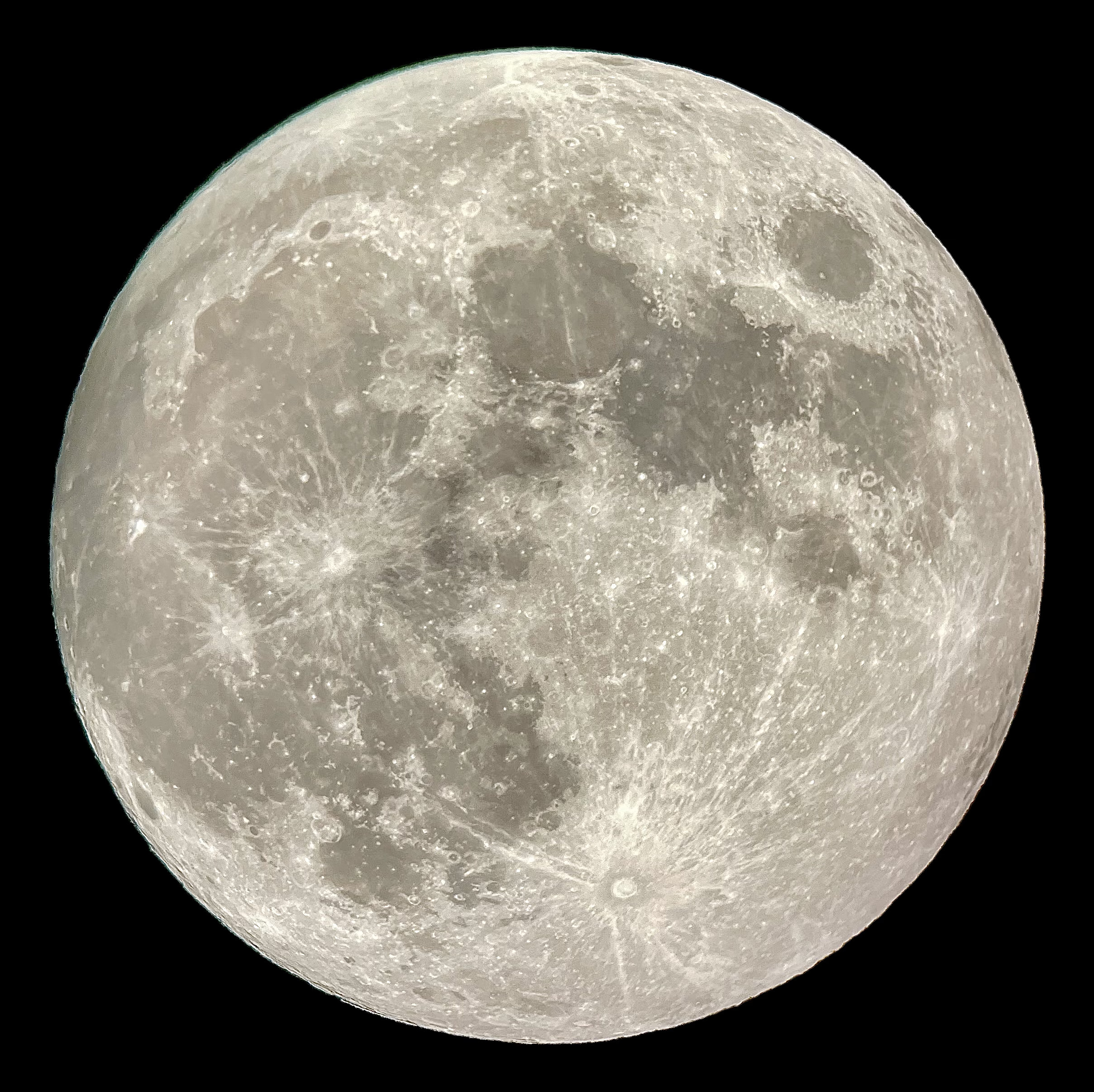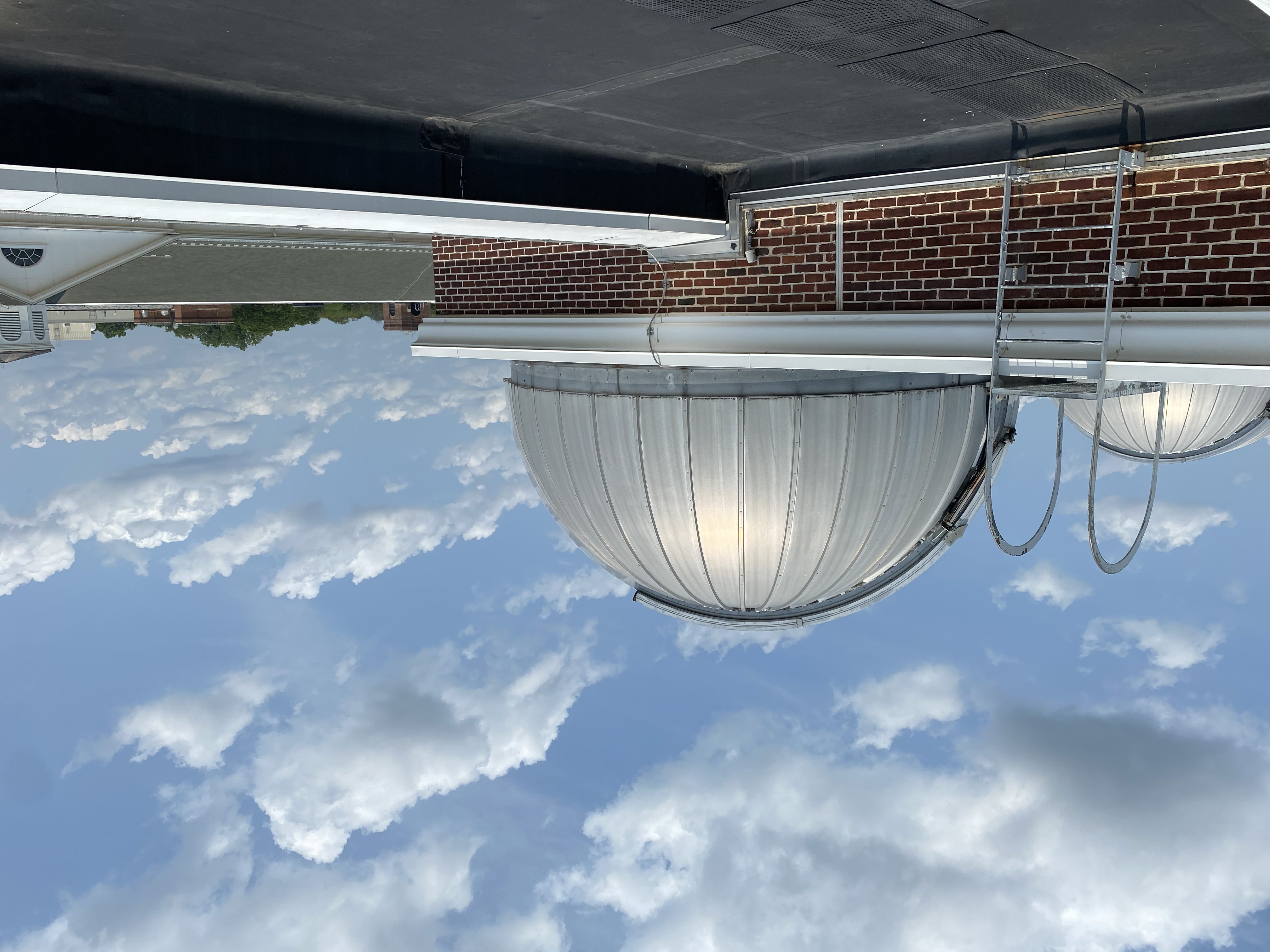
What is an observatory?
An observatory is a special place where astronomers go to look at things in the sky. It has really powerful telescopes and other tools to help them see and study stars, planets, galaxies, and other things in space. Astronomers use the data they collect from observatories to learn more about the universe and answer questions about how it works. Observatories are important for scientists to study space and learn more about the cosmos.

Why does it have that dome?
Observatories often have a dome-shaped structure that houses the telescopes and other equipment. The dome is designed to rotate and open up to allow the telescopes to point in different directions, and to protect the equipment from the elements. The dome shape is also useful for reducing the amount of wind and other disturbances that can affect the telescopes' observations. By enclosing the telescopes in a dome, astronomers are able to create a stable, controlled environment for their observations, and can ensure that their data is as accurate and reliable as possible.

What kind of telescope is that?
The Celestron 14-inch Schmidt-Cassegrain telescope is a high-end instrument that is well-suited for advanced amateur astronomers and professional researchers. With a 14-inch aperture, the telescope can collect a large amount of light, making it ideal for observing faint objects like galaxies and nebulae. The telescope also has a long focal length of 3910mm, which allows for high magnification and detailed views of planets, stars, and other objects in the solar system. The Celestron 14-inch telescope is equipped with advanced features such as computerized go-to mounts, which use GPS technology and a database of celestial objects to automatically locate and track objects in the night sky. It also has a sturdy and stable mount, which helps to minimize vibrations and ensure accurate tracking during long observations.